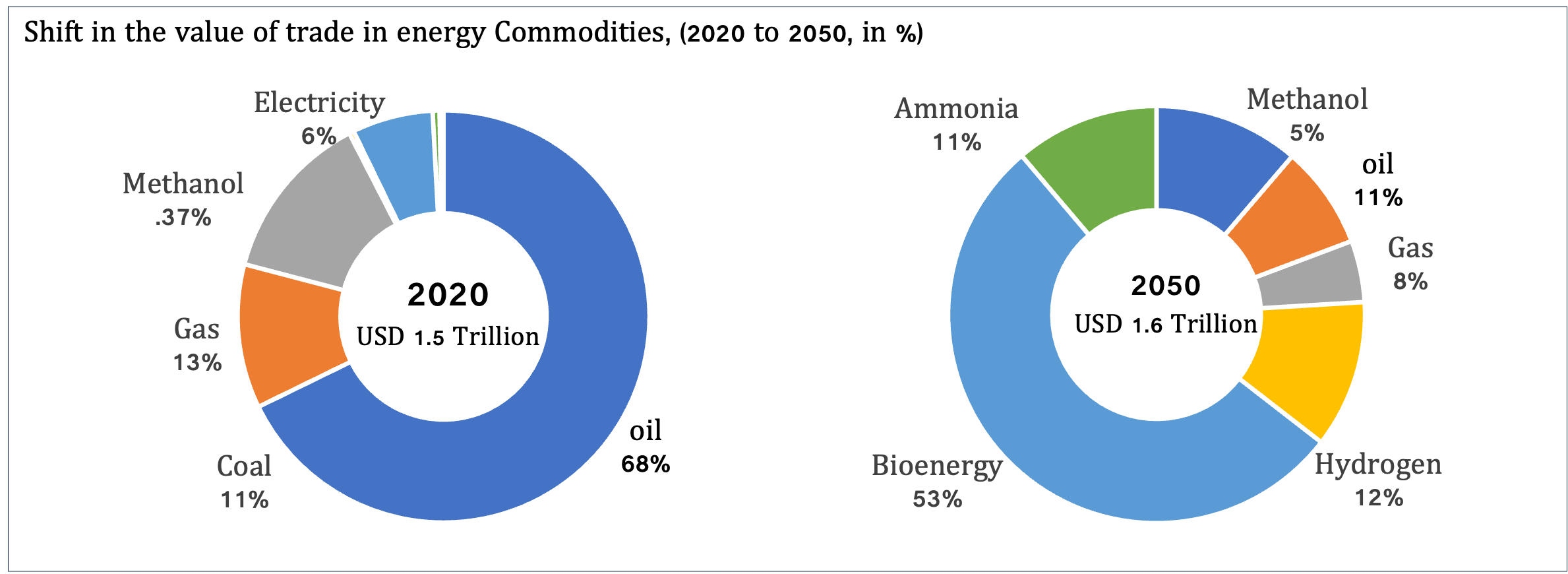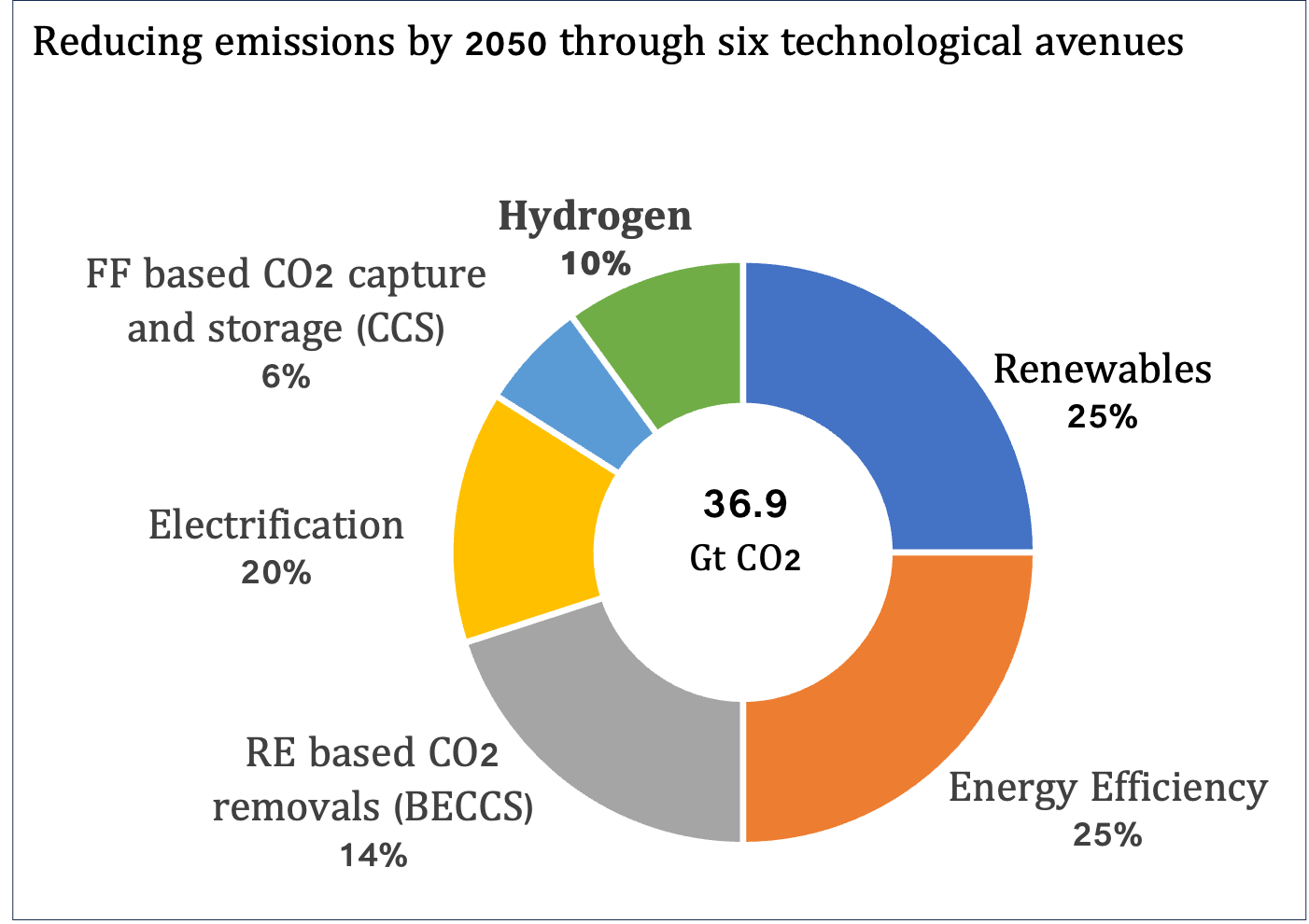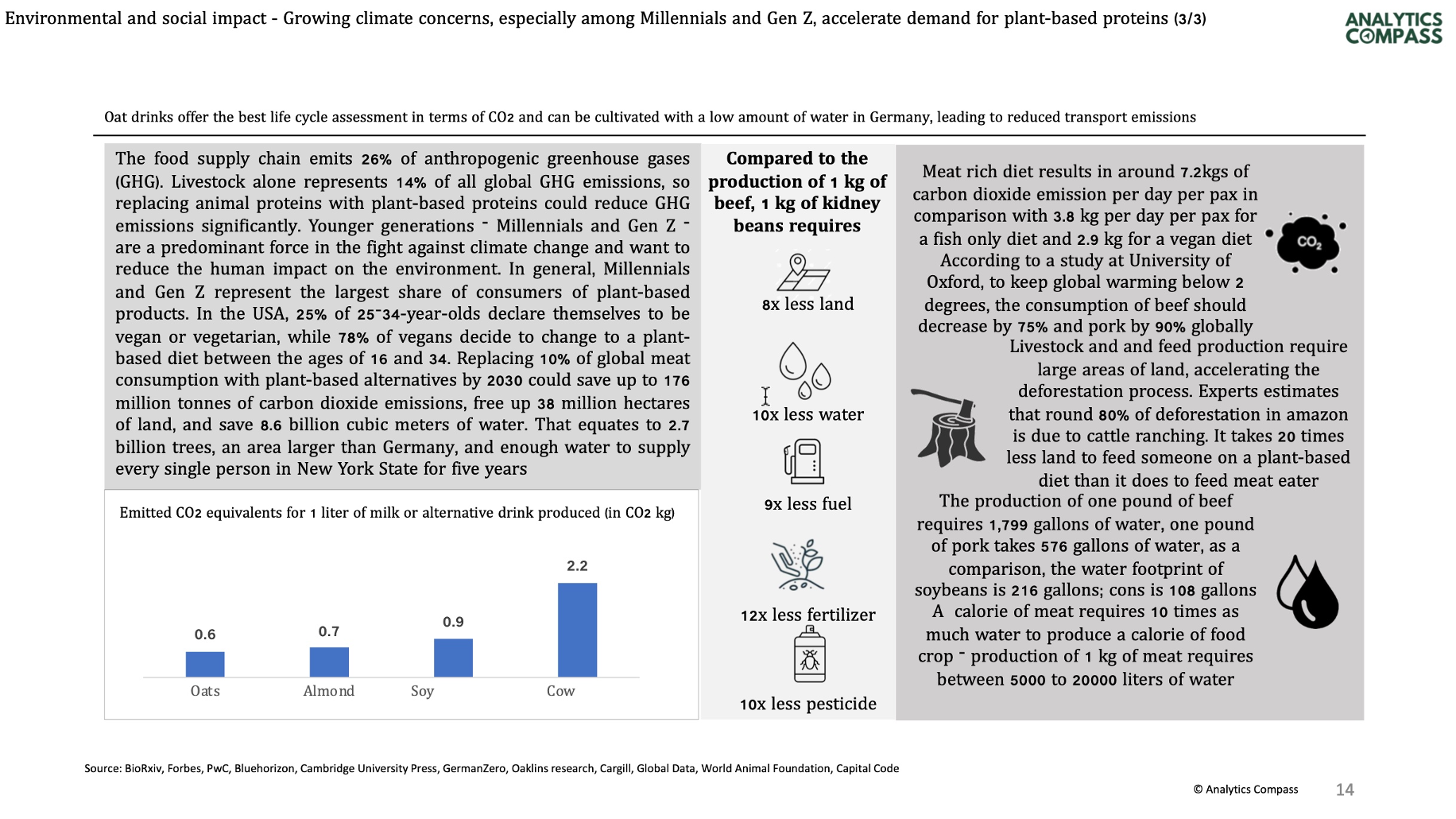AI can be the game changer of the Waste Management Industry
Artificial intelligence (AI) is revolutionising waste management industry by enhancing efficiency, optimising recycling processes, and contributing to sustainable practices
Through the utilisation of machine learning, algorithms, computer vision, and robotics, AI technologies can automate the waste materials industry, accurately identify and separate recyclables from non-recyclables, and detect specific types of waste materials for correct disposal or recycling. Artificial intelligence (AI) in smart city waste management systems radically improves the efficiency and sustainability of garbage collection and disposal
A state-of-the-art waste management system automates and streamlines the entire garbage collection ecosystem using technologies such as data analytics, artificial intelligence, and machine learning. Artificial intelligence’s predictive abilities are crucial to reduce waste
Artificial intelligence (AI) based predictive analytics enhance the precision of demand projections, allowing businesses to plan production and inventory management better. An efficient waste sorting system is the bedrock of every good waste management system. Where the AI waste management system shines for recycling plants all around the globe is in this particular area. With the help of computer vision technology, the waste management system can detect and sort waste. Even more so, AI software guarantees cleaner recycled trash from recycling facilities to landfills.


